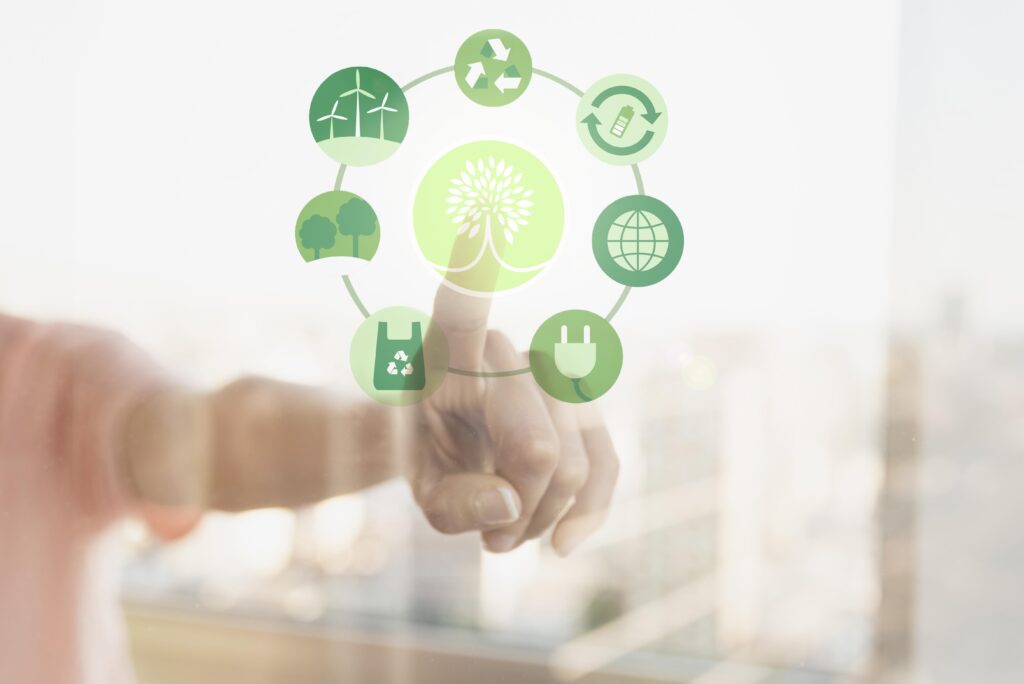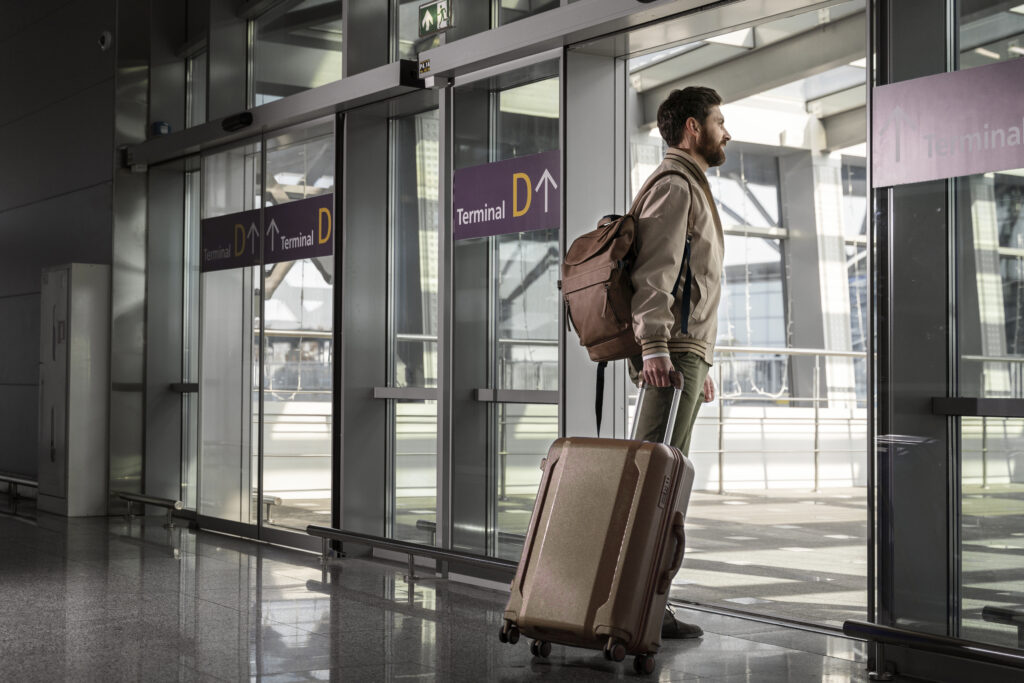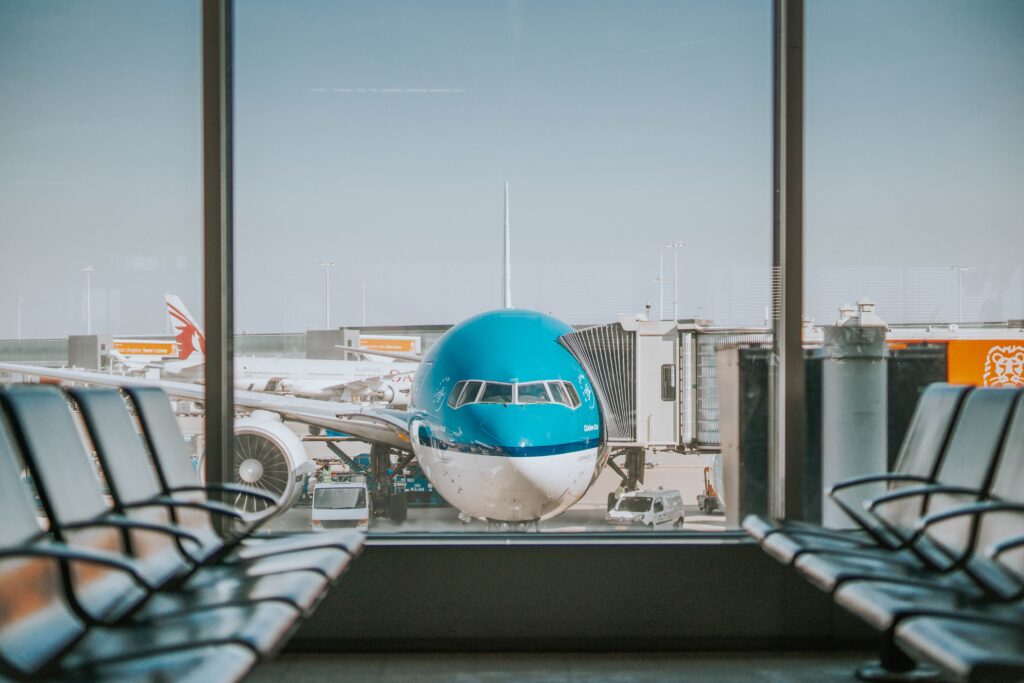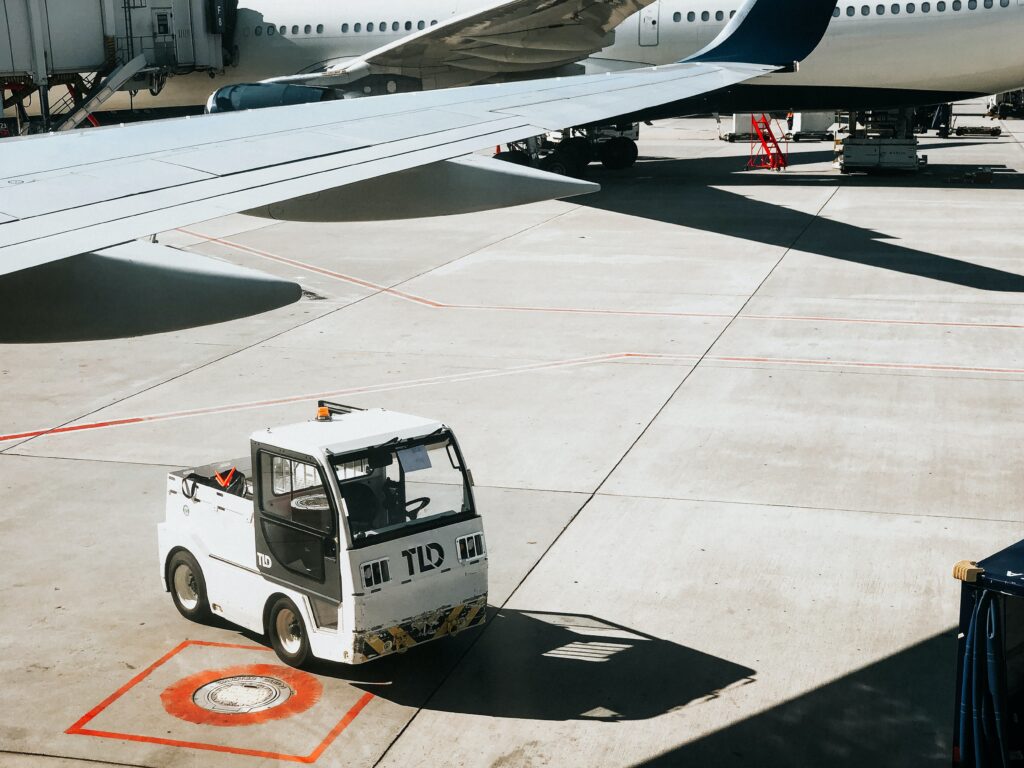The COVID-19 pandemic caused a sharp decline in travel; airline revenues fell by 60% in 2020, and it won’t be until 2024 that air travel and tourism are predicted to return to 2019 levels. Although worrying, this downturn is probably only going to last a short while. The aviation sector faces an even greater challenge today than it did in the past, the sustainability challenge.
Sustainability must become an integral part of the airline industry. This involves reducing not only emissions but also waste, energy, and water consumption. Airlines can reduce their emissions by embracing technological innovations such as more efficient aircraft, more efficient aircraft engines, and electric airplanes powered by renewable sources. Additionally, airlines must focus on reducing their operational costs by adopting more environmentally friendly practices such as using more fuel-efficient aircraft types, improving fleet utilization, and using more efficient landing and takeoff procedures. In addition, airlines should explore the use of sustainable aviation fuels and biofuels to reduce their carbon footprint.

Sustainable Practises for The Aviation Industry
As we move through this article. We are going to be looking into the various ways in which the Aviation industry can adapt and create new, yet sustainable practices through the aid of technology and innovation.
Reducing Fuel Consumption
Undoubtedly, increasing fuel efficiency is a smart approach to cut greenhouse gas emissions, and several airlines are accomplishing this by making their aircrafts lighter. Airlines use fuel management systems to track, evaluate, and schedule their fuel usage. Along with additional features, systems like FuelPlus, SkyBreathe, and Jeppesen’s Fuel Dashboard offer visibility into fuel-related variables and aid in predicting the ideal fuel requirements for a flight. By accurately managing fuel consumption, airlines can increase efficiency and reduce emissions.
Moreover, turnarounds, whether in taxi or on the runway, are an opportunity to reduce fuel consumption and emissions. With AI and ML-based tools, airlines can optimize fuel consumption while balancing customer service. AirsideAI uses proprietary algorithms and AI to help airlines reduce the time that aircraft spend on the ground and increase airport efficiency, thus reducing fuel waste through improved scheduling and coordination.
Biofuels
In June 2019, United Airlines made aviation history by conducting the greenest flight. According to a news statement from United, they were able to do this by “using a 30/70 blend of traditional jet gasoline and low-carbon, sustainable aviation fuel provided by Boston-based World Energy.” The creation of alternative aviation fuels could be the key to environment-friendly air travel and make a significant contribution to the industry’s aim of reducing emissions. Without adjusting to engines or fuel delivery systems, alternative fuels might cut CO2 emissions by about 80% compared to fossil fuels. Additionally, research is being done on fuels whose lifetime emissions could be negative.
Biofuels are regarded as a successful sustainability strategy. However, they are now more expensive than ordinary jet fuel. To address this, airlines could partner with biofuel producers to explore new, affordable sources or pool purchasing resources.
Increasing flight efficiency with AI-driven route optimization
Alaska Airlines announced cooperation with Flyways AI in May 2021. This ML-based flight monitoring technology was created by Airspace Intelligence to assist dispatchers in improving the predictability and flow of airline traffic, as well as the efficiency and sustainability of flight operations.
The technology is equipped to anticipate scenarios and produce recommendations right away. It takes into account a variety of variables that affect how well an airline’s planned and active flights operate. For instance, if it discovers a more effective way to avoid turbulence, it alerts flight dispatchers who ultimately decide whether to accept and adopt the suggested course of action. This results in the creation of the best, safest, and most fuel-efficient route.
Automation, artificial intelligence, and analytics can be used to identify and implement more efficient processes. For instance, data-driven analysis of real-time flight data can help pilots identify the most fuel-efficient route and altitude, as well as identify and avoid turbulence. Additionally, predictive maintenance, which uses data and analytics to anticipate and prevent issues before they occur, can help airlines reduce their maintenance costs and avoid unnecessary delays or cancellations.

Eliminating Single-Use Plastics
Airlines are still working to lessen the negative effects of their operations on the environment and to encourage effective recycling techniques. For example, Emirates Airlines uses blankets produced entirely from recycled plastic bottles only. In order to create one blanket, 28 plastic bottles must be converted into yarn, which must then be woven into comfortable, environmentally friendly blankets. Some airlines are making alterations, such as discontinuing duty-free shopping while in the air, in response to shifting customer purchasing patterns. This speaks to the contemporary shopping habits of passengers and decreases the need to transport additional merchandise, which minimizes fuel usage.
Many companies are also removing single-use plastics from their aircraft cabins. To replace plastic cutlery, Emirates Airlines provides all meals with sustainable, plant-based cutlery, and Nordic Airlines has adopted wooden cutlery and bamboo fiber straws. In addition, airlines are encouraging passengers to bring their own reusable cups to reduce the waste created by disposable cups.
Carbon Offsets
It is beneficial to the ecology to preserve old-growth forests and plant young trees. Similarly, funding renewable energy-focused initiatives like wind farms is a good idea. Some airlines give customers the option to buy carbon offsets. For instance, United Airlines and Conservation International are working together to promote environmentally friendly ways to combat climate change. Customers can choose to offset their carbon footprint by contributing to Preservation or Creation-focused activities.
Many airlines provide their customers the chance to learn about their flight’s carbon footprint, select a greener option, and take part in offsetting schemes. By purchasing carbon offsets, customers help reduce their carbon footprint and help fund projects that are part of the airline’s sustainability initiatives. Through carbon offsets, airlines can reduce their environmental impact and help move towards a more sustainable aviation industry.
Educate Passengers
Some travelers are less conscious of their environmental options than others. A lighter plane often consumes less fuel, therefore flying economy instead of business class and packing lightly are two methods to directly support sustainability in the airline sector. Offering guides with eco-plans and recommendations more respectful to the environment and local people can also help consumers become more aware of sustainable tourism and encourage them.
Most passengers today travel multiple times a year, and the more they understand and practice sustainable travel, the bigger the impact will be for the entire industry. Airline companies can spread the message about sustainability and the importance of eco-friendly practices by introducing environmentally friendly travel options, green promotions and campaigns, and educational materials that encourage sustainable flying. This could help raise public awareness or involve public authorities or environmental agencies in discussions and campaigns.

Facts and Figures
Overall, sustainability can no longer be taken lightly, and it is essential for the long-term success of the airline industry. In 2018, air travel produced 895 million tonnes of carbon dioxide (CO2). Although it may seem like a lot, this is just about 2% of the 42 billion tonnes of CO2 that are produced annually by human activity. Despite an average annual growth of 5% in passenger numbers, aviation has been able to keep emissions growth to about 50% of that. This is accomplished by significant financial investment in cutting-edge technology as well as concerted efforts to put new operational procedures and infrastructure upgrades into place.
Aviation’s contribution to overall emissions is projected to rise as it expands to satisfy rising demand, particularly in rapidly expanding emerging economies, and as other economic sectors cut emissions. Similarly, since the first biofuel test flight on a commercial aircraft took place in 2008, there has been a huge amount of work by the industry to accommodate the same. About 462,113 commercial flights have been operated using sustainable aviation fuel since 2011 (updated daily).
Actions till date to understand aviation’s progress in fighting climate change:
- Carbon emissions from aviation as a percentage of global CO2: 2.4%
- The International Air Transport Association (IATA) reports that airlines are investing over $200 billion in new, energy-efficient aircraft
- Airline operators have reduced their carbon emissions by 1.5% from a year ago
- The European Commission has set a target of reducing aviation CO2 emissions by 2% annually.
These numbers indicate that the airline industry has and will continue to re-imagine its operations with the help of technology in order to become more sustainable. Through the use of electric aircraft, data-driven processes, and digitizing infrastructure, airlines can create greener and more efficient operations that benefit both passengers and the environment alike.
And It Continues...
By taking these steps, the airline industry can become more sustainable, reducing its environmental impact on the planet, and in turn, driving more customer trust and loyalty. Customers are increasingly aware of their environmental footprint, and they will choose airlines that provide sustainable solutions, so airlines will need to make sure that they are offering more sustainable options in order to stay competitive.
In order to reduce emissions, airlines must invest in new aircraft, such as hybrid-electric aircraft, and alternative fuel technologies. Additionally, airlines should increase the use of digital technologies such as AI-based flight management systems and artificial intelligence-based aircraft maintenance, which can help optimize operations. Airlines should also explore the use of data analytics and big data to better understand customer needs and preferences and optimize operations.

In a Nutshell
There are many ways for airline companies to contribute to sustainability. Airlines can make use of alternative fuels, improve flight efficiency with AI-driven route optimization, replace single-use plastics with sustainable alternatives, purchase carbon offsets, and educate passengers on eco-friendly practices. All these strategies if adopted simultaneously will be truly effective in preserving the environment.
By embracing new technologies, airlines can reduce their environmental impact, improve customer experiences, and remain competitive in an increasingly digital world. Ultimately, however, the future of sustainable aviation lies in the hands of airlines, governments, and customers and their willingness to take action. Sustainability will be paramount in the aviation industry going forward, and technology is the key to its success.




